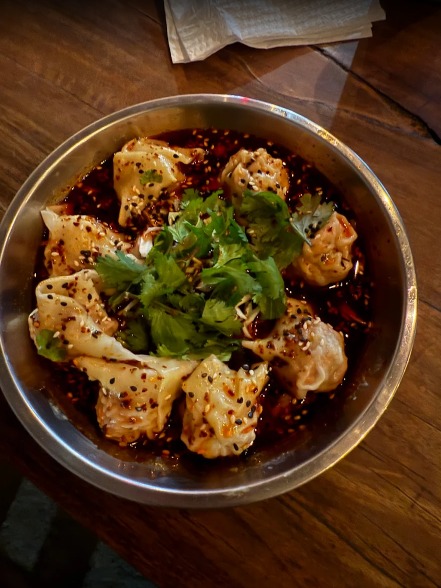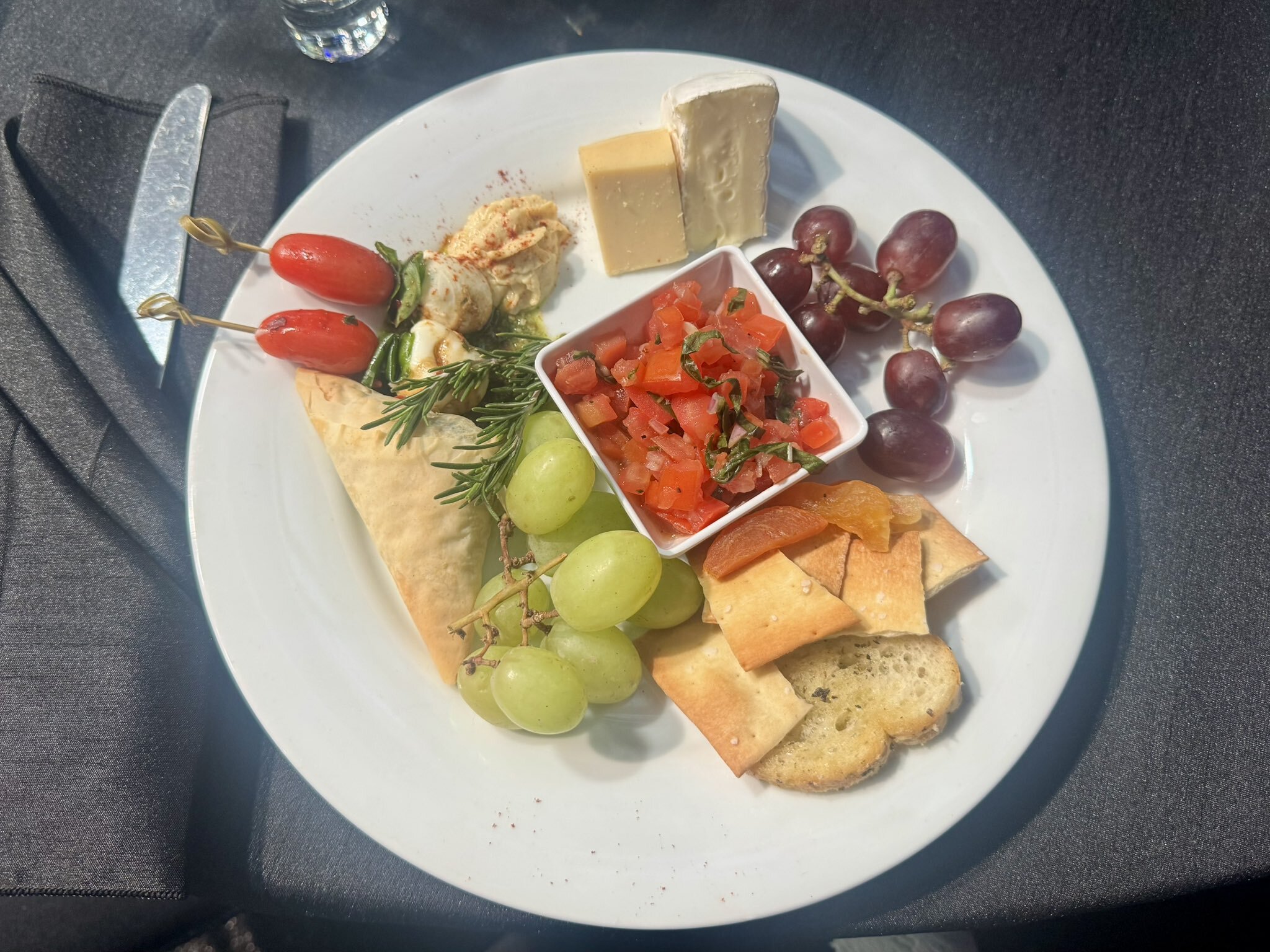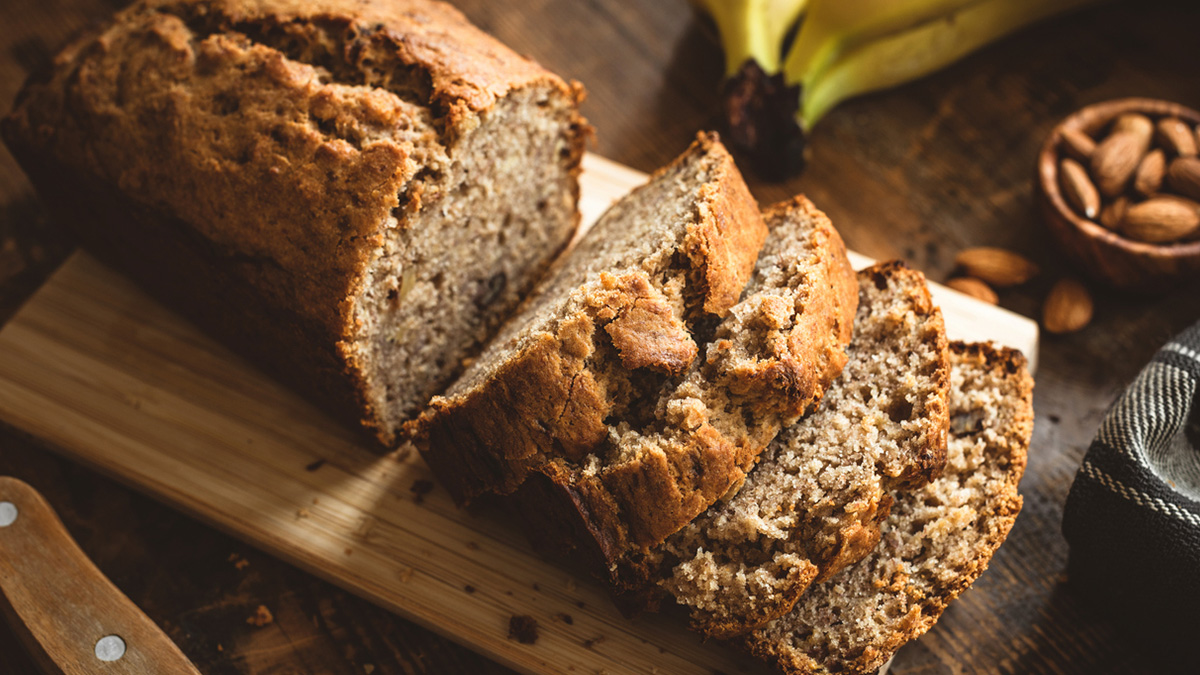Dimmed lights and colonial-style balconies give little indication that trendy Shanghai eatery Atto Primo is part of global fast-food giant Yum Brands Inc , owner of the KFC and Pizza Hut brands. Overlooking Shanghai's iconic riverside Bund and rubbing shoulders with the city's most expensive venues, the restaurant is what Yum calls a "lab" where it studies Chinese diners as it looks to bounce back from a lengthy slump in its top market.
"A high-end test kitchen will let Yum test the waters with new menus and concepts and get feedback from more sophisticated diners - helpful if you want to go a bit upmarket," said Ben Cavender, principal at China Market Research Group.
Yum's same-store sales at its nearly 7,000 restaurants in China, the firm's biggest market for revenue and profit, fell 16 percent in the last quarter of 2014, dragged down by back-to-back food scares, rising local competition and a sense its main KFC brand may have fallen out of touch with China's consumers.
The restaurant is "an innovation lab to help us learn more about the evolving tastes of Chinese consumers", Yum spokesman Jonathan Blum said in emailed comments to Reuters. He added it would help test recipes to be used at Yum's China outlets.
For Yum, a China turnaround is vital. New CEO Greg Creed said last month that reviving sales in the country was "priority number one, two, and three".
"This new development shows someone has advised them that they've got to try something different," said Michael Griffiths, Shanghai-based analyst with market research firm TNS.
With its fancy crystal, high prices and murals influenced by 16th century Italian painters, Atto Primo's ties to Yum are almost invisible: its only link to Yum is a brief mention in a U.S. regulatory filing.
BRAND FATIGUE
The high-end diner isn't the only new strategy for Yum in China, where it is planning to build 700 new fast-food stores overall this year. CEO Creed said the firm aimed to rival Starbucks Corp with more coffee offerings in China.
However, analysts say Yum is suffering "brand fatigue" in the country. Its image has been hurt by the food scares, which raised doubts over its supply chain, and competition is rising. Tang Yenan, a 29-year-old architect in Shanghai, said he used to eat often at KFC about 15 years ago when it seemed "fancy and new" and was seen as a safe and clean alternative to local options.
"Now I don't have KFC so often, because I have so many other choices," he said.
McDonald's Corp has also been stung in China by food scares, but moves to upgrade stores and roll out its McCafe concept have helped offset the damage, analysts said. Nonetheless, both brands have lost some ground as more nimble local rivals have tempted cost-conscious diners with healthier-sounding, homegrown fare.
Online chatter about the two brands - both good and bad - has stalled on China's influential Sina Weibo. Such a trend would normally cause some concern among marketers that brands are struggling to stay totally relevant to younger audiences.
Yum has seen its share of China's nearly 800 billion yuan ($129 billion) fast-food market fall over the last few years, according to market research firm Euromonitor. Meanwhile, McDonald's has edged up slightly, despite major investment













